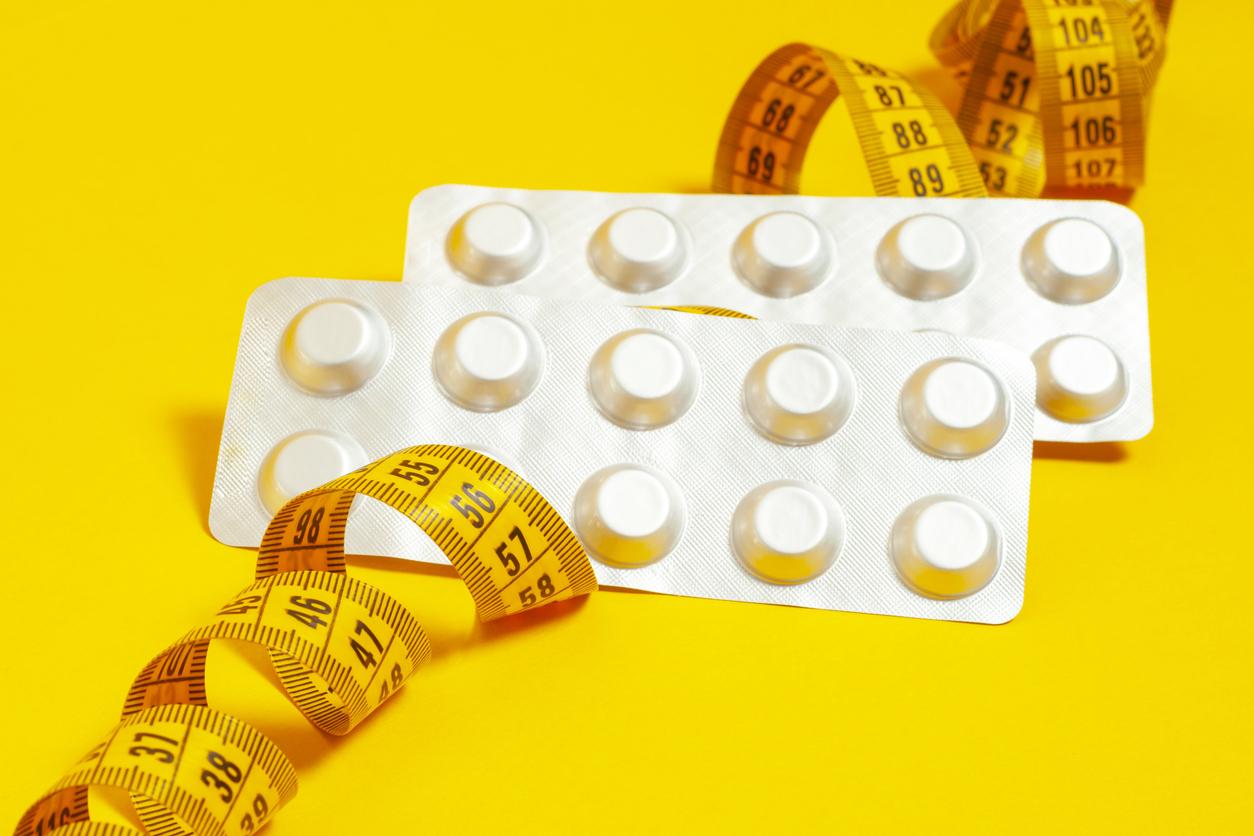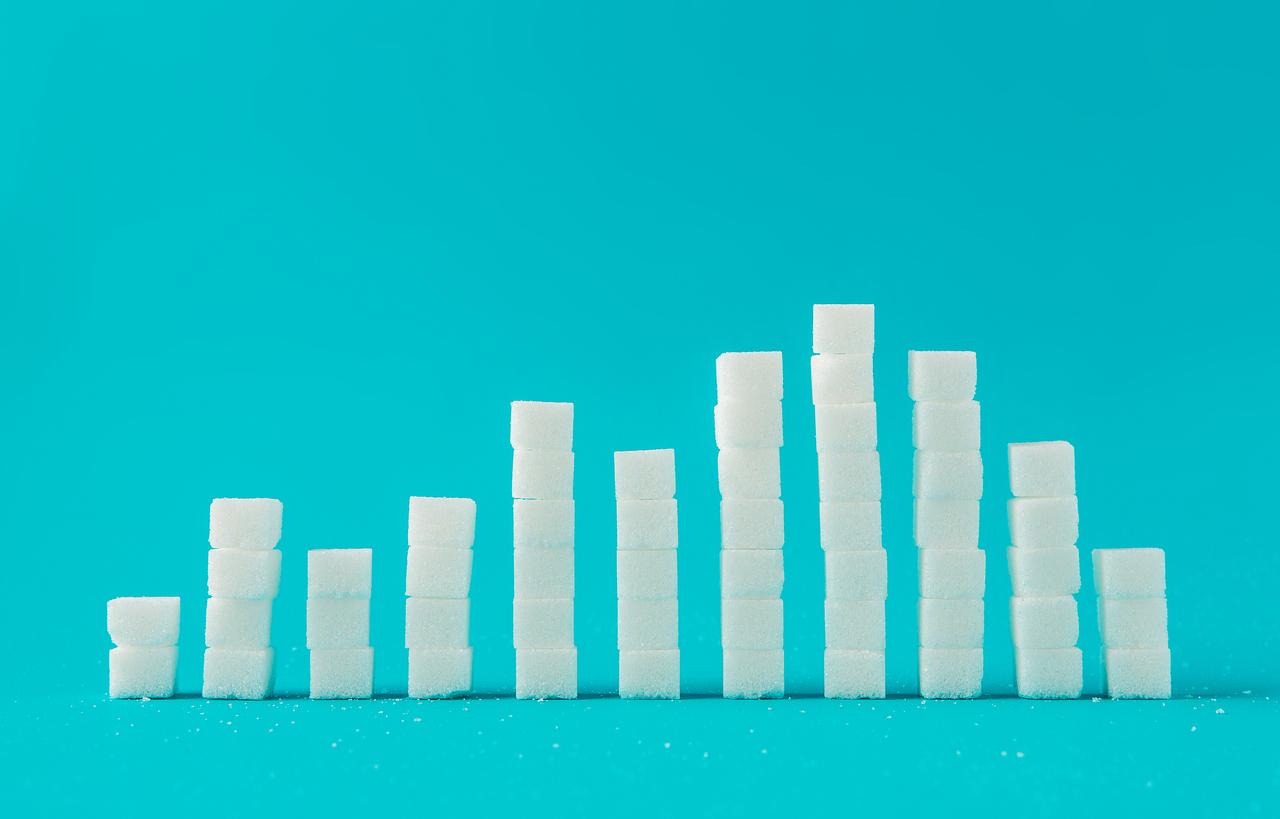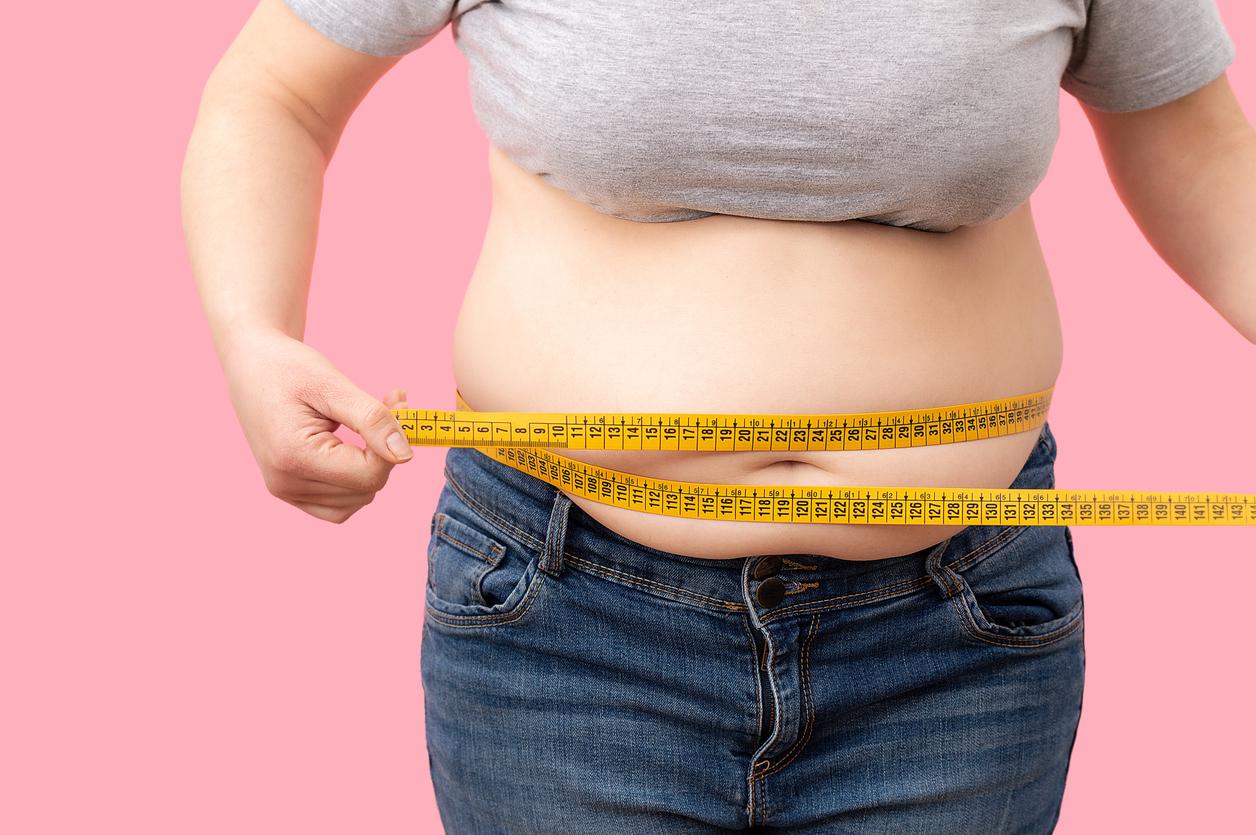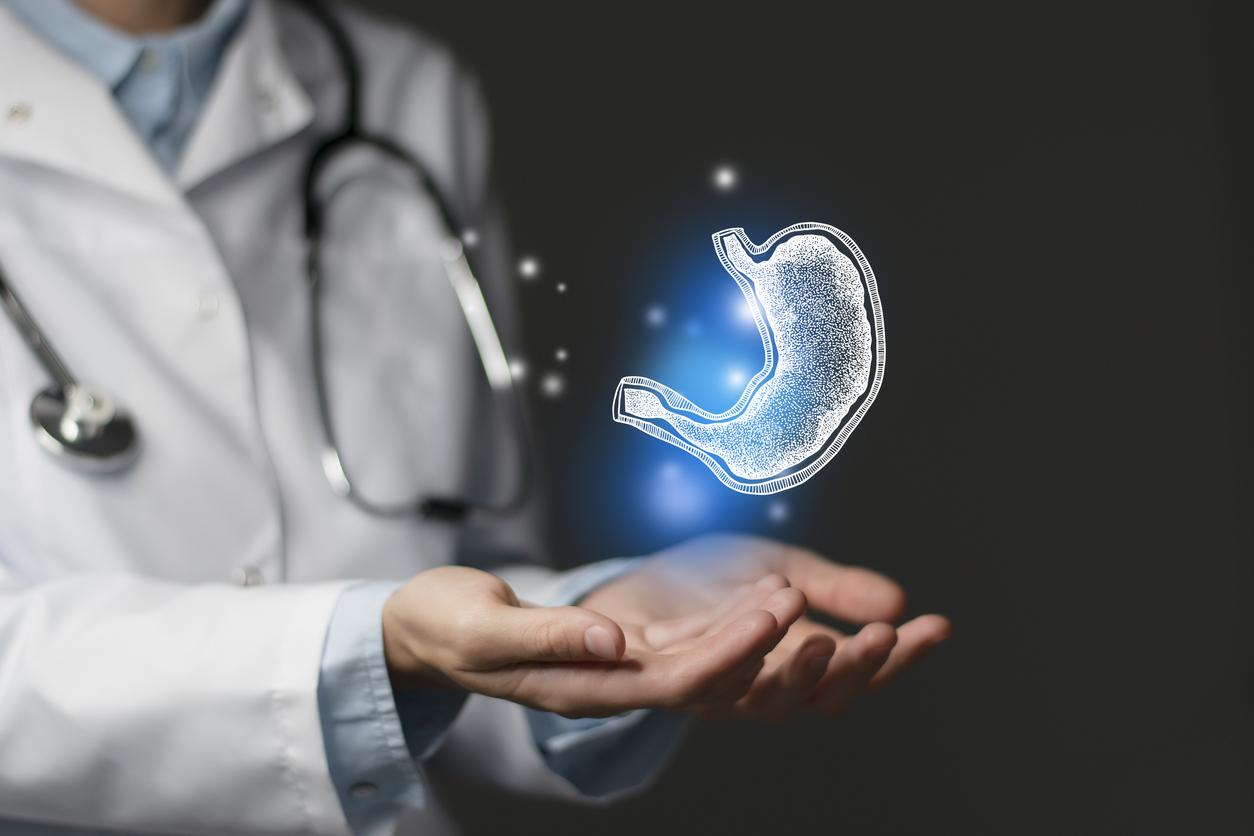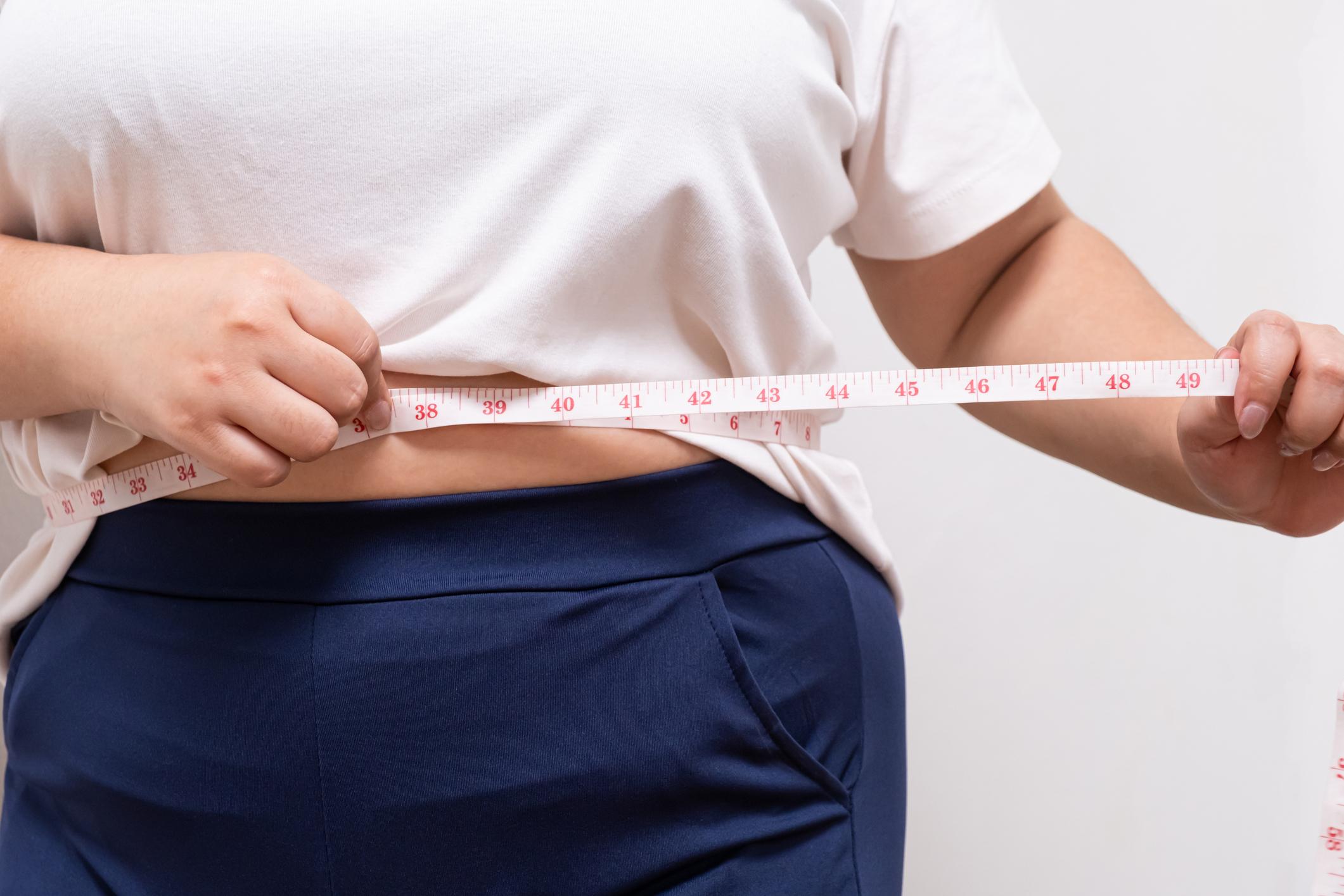The health and wellbeing of adolescents has plummeted globally since 1990, and developing countries are not the only ones affected.

A global boost for the health of the youngest. Here is what the authors of a large study on the health of adolescents and young adults claim. Funded by the Bill and Melinda Gates Foundation and published in the journal The Lancetthese new works are interested in the evolution of the health of young people at the global level, and the results they highlight are hardly optimistic.
Obesity, consumption of tobacco and alcohol, but also exposure to disease and violence… Never since 1990 have young people around the world been confronted with such endangerment of their health.
Adolescents affected by a triple health burden
To reach this alarming conclusion, the authors of the study followed between 1990 and 2016 the progress of 12 indicators of the health of adolescents and young adults in 195 countries. In particular, risk factors such as smoking and obesity were taken into account, but also social problems having an impact on health such as early marriage or access to secondary education.
First observation: never has the population aged 10 to 24 been so numerous (1.8 billion in 2016). That is 250 million additional adolescents compared to 1990. In total, nearly 1 billion (963 million) live in a country where this age group is faced with a “triple health burden” of infectious diseases or diseases related to food, non-communicable diseases (diabetes, obesity, mental illnesses, etc.) as well as injuries and violence. While 46% of adolescents were confronted with it in 1990, they are 53% in 2016.
“Despite improvements in many settings, the challenge to adolescent health is greater today than it was 25 years ago,” says Professor George Patton of the Institute for Murdoch Children and the University of Melbourne (Australia). “Comprehensive and integrated investments in adolescent health, growth and development have never been stronger.”
How then to explain the aggravation of health risks among 10-24 year olds? The researchers explain it by the strong population growth, in particular in the countries where the health of the teenagers is the poorest. This rapid demographic change has accentuated global inequalities, particularly in 70 “multiple-burden”, low- and middle-income countries.
In these countries, mostly located in sub-Saharan Africa and the Asia-Pacific region, non-communicable diseases are the main cause of illness among adolescents.
Nutritional health risks have also become more significant in the space of 25 years. In 2016, 324 million adolescents worldwide (almost one in five) were overweight or obese, a 120% increase from 1990. During the same period, the number of anemic adolescents increased by 20%, from 357 million to 430 million, an increase of 20%, of which 77% in countries with multiple charges.
On the other hand, the number of adolescents aged 15-19 who consume alcohol excessively has changed little since 1990, note the authors of the study: there are 44 million boys and 27 million girls in 2016. The number of Teenagers smoking daily has meanwhile declined by around 20%, from 174 million in 1990 to 136 million in 2016. However, the proportion in countries with multiple burdens has increased significantly.
Gender inequality driving poor health for girls
If the health of adolescents and young adults has deteriorated globally since 1990, it is also because gender inequality remains a powerful factor in poor health, particularly in low-income countries.
Thus, early marriage is a major factor in poor health among young girls. In 2016, 66 million women between the ages of 20 and 24 said they were married before the age of 18.
Same observation concerning the lack of access to education. Globally, the number of young women (175 million people) who are not in education, employment or training (NEET) is estimated to be around three times higher than that of young men (63 million). In India, the prevalence is 15 times higher among young women than among young men (nearly 54% compared to 3.5%). The high prevalence of NEET among young women in countries with multiple burdens could be explained by the high rates of adolescent live births, which disrupts education and hence restricts job prospects.
Rich countries are not spared. In the United States, NEETs constituted a relatively high proportion of adolescents, with more than 17% young women and almost 16% young men aged 15-24, compared to around 4% for both sexes in the Netherlands. and about 11 years old. % UK.
“Achieving gender equity in the determinants of adolescent health and well-being will require action on several fronts, including employment and economic empowerment, improved access to essential health care, including contraception, the implementation of legislative frameworks to protect girls from early marriage and changes in community norms”, analyzes Prof Patton.
Together with his co-authors of the study, he argues for immediate and significant investments in adolescent health and for responses that go beyond health systems, for example in education.

.









